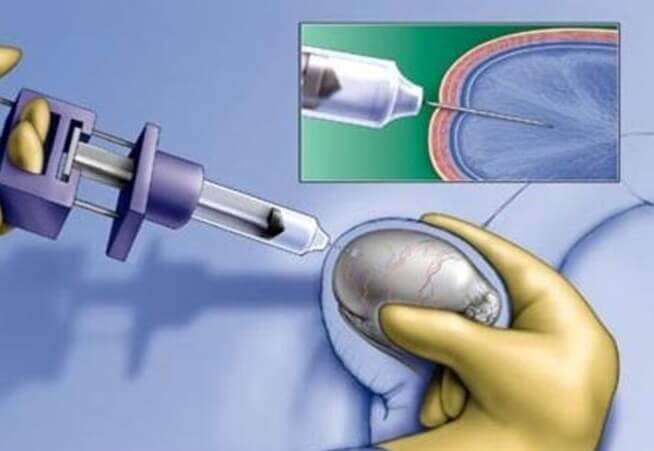
Discover the latest advancements in surgical sperm retrieval treatment

Surgical sperm retrieval, also known as testicular sperm extraction (TESE) or epididymal sperm aspiration (PESA), is a medical procedure performed to retrieve sperm directly from the testicles or epididymis in men who have difficulties with sperm production or transport.
In cases of male infertility, specific procedures such as TESA, PESA, or Microtissue are employed to extract sperm directly from the testes. These procedures are particularly useful in cases of obstructive azoospermia, whether it is congenital or acquired as a result of infection or vasectomy. The process is considered a minor day procedure and is conducted under local anesthesia, typically on the same day as the retrieval of the female partner’s eggs.